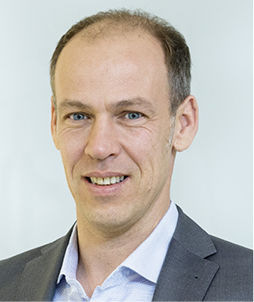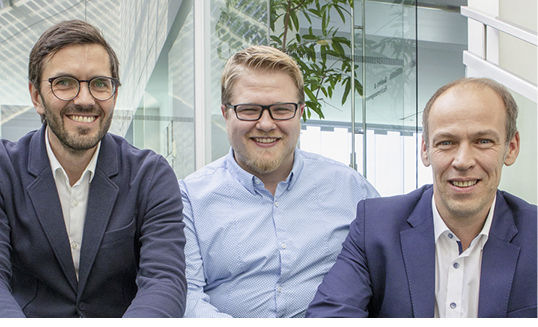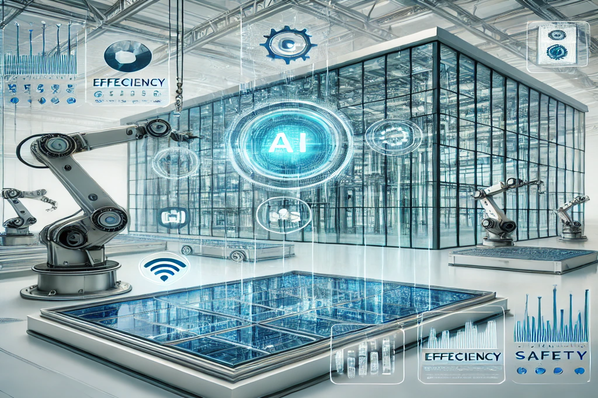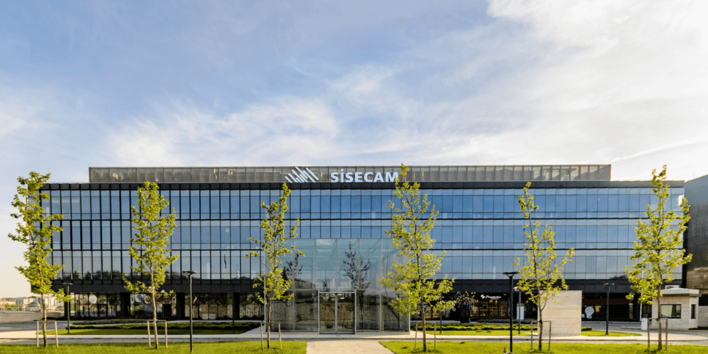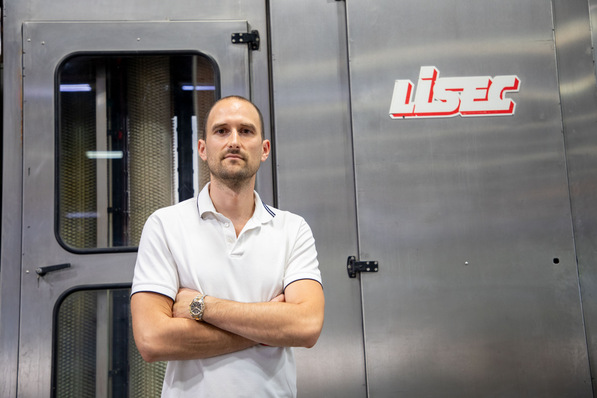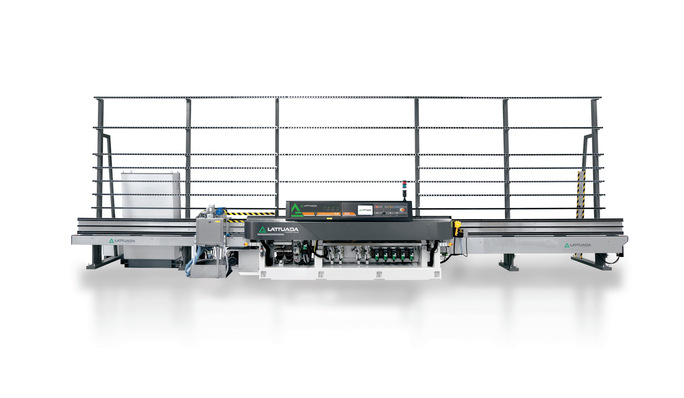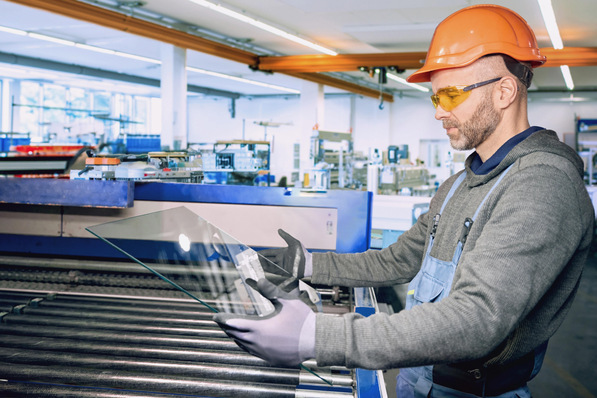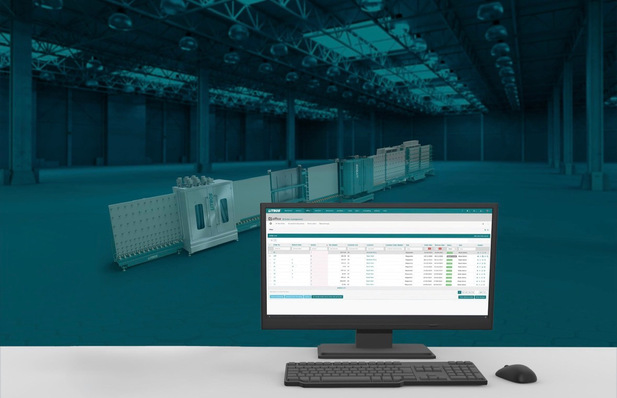From quotation through to delivery these are diverse and complex – given the diverse range of glazing and covering products offered. There’s also a need to coordinate the workflows within both plants. Lisec is taking on this task together with ERP supplier Asseco Solutions. GLASWELT asked Markus Fischer, Head of Sales Software/Automation, how the concept will be implemented and how they plan to achieve this by March 2020.
GLASWELT – What was the key challenge when it came to software for Glas Marte?
Markus Fischer – Originally Glas Marte (www.glasmarte.at) developed a software landscape consisting of more than 20 programs. The issues of interfaces, data quality, redundancy and security put far too much of a strain on daily business.
GLASWELT – And is this the case at both locations, despite the fact that they’re 300 km away from one another?
Fischer – Yes, there’s one all-embracing solution. Bregenz is home to our headquarters and group-wide order processing takes place here. Itter is regarded as a satellite workshop for our work overflow. Orders are transferred internally depending on the product and any other conditions. This happens automatically in the background between the central production servers.
GLASWELT – Will you take a step-by-step approach to the implementation?
Fischer – Yes. We’re currently in the implementation phase, which is taking place on a step-by-step basis. Once two large software packages from different manufacturers have been merged to form one uniform overall solution, training will be carried out to familiarise staff with the basic features and the systems will be adapted as part of a configuration phase. Alongside this we will run interface workshops where product supervisors at Glas Marte as well the developers can work together with customers to define new workflows and processes. This will allow for the merging of both software systems and the step-by-step testing and commissioning of the processes once basic implementation has been completed.
GLASWELT – Is this software modular and can it be expanded later?
Fischer – Yes, both software packages are modular in structure and can therefore be flexibly expanded at a later date.
GLASWELT – Glas Marte offers glazing products as well as metal and coverings. How does the IT interlinking affect this?
Fischer – This was the main deciding criteria when selecting our range given how much we differ from your usual glass-processing company. Those responsible wanted a system that combined the advantages of a general ERP system, including a CRM, a financial accounting system, warehouse, project management, document management, time recording, a customs program etc. with a specific glazing solution. No such application had been invented thus far and this was the first time it had been implemented in this form.
GLASWELT – The software covers production, does that also include warehousing and dispatch and, if so, how?
Fischer – Lisec is responsible for the glass diaries and reports to the overriding system. Information on glass manufacturing, metal manufacturing and other services intersect there.
GLASWELT – How are order logging and pricing dealt with?
Fischer – Once an order is received, it’s recorded in the ERP system. If an item is a glass order, the system switches automatically to the Lisec glass input. Our experience with glass is clear for all to see here. In addition to pricing, spare capacities (from the Lisec PPS) and cost prices are calculated and the materials in the warehouse reserved or readied. If a covering has been requested, the system accesses the master ERP, i.e. Asseco and continues the order entry process there. The overriding ERP program notes all entry data, regardless of whether glass, metal or other materials as well as services for all clients or other business areas.
GLASWELT – In general terms, do your current processors know the potential of an update to your processes or the software used for your company?
Fischer – Let me put it this way: I’m sure that every company – regardless of whether its range features glass, windows or façades – has untapped potential. Our analyses give the glass processor a look from the outside, thus giving them another perspective. And one thing I can say with certainty is that, thus far, we have been able to help every one of our customers work more efficiently.
GLASWELT – Do you see any sticking points which could hamper the update?
Fischer – In my opinion, in many companies, “old” processes are no longer subject to scrutiny and, when they are, not thoroughly enough. This frequently results in existing processes being taken as a given for decades. In this case a slight change in processes (often IT-assisted) would bring about an overall improvement in company workflows.
GLASWELT – What potential does a software update or upgrade offer the glass processors?
Fischer – Every glass processor whose work is not restricted simply to glass is faced with the same or at least very similar requirements as those which arise in the project introduced here. The company would surely be glad if other business divisions (or other group firms) were mapped with a uniform software solution, allowing the data accumulated in all areas (sales, production, transport etc.) to be combined and processed. That would generate real efficiency.
Questions were asked by Matthias Rehberger.
